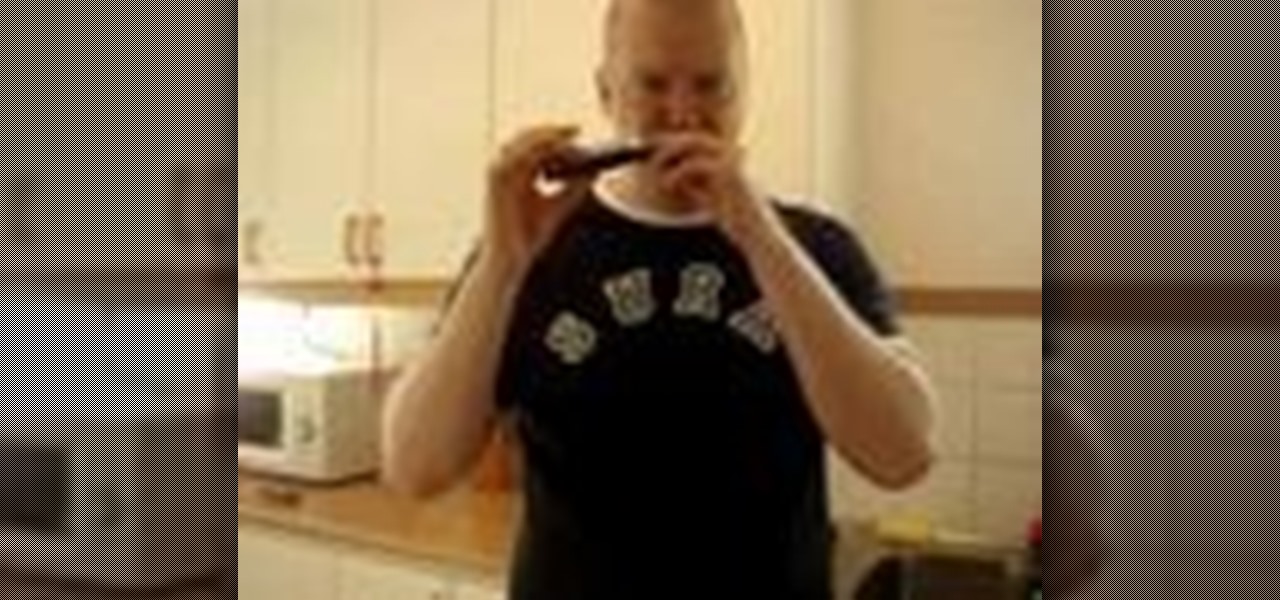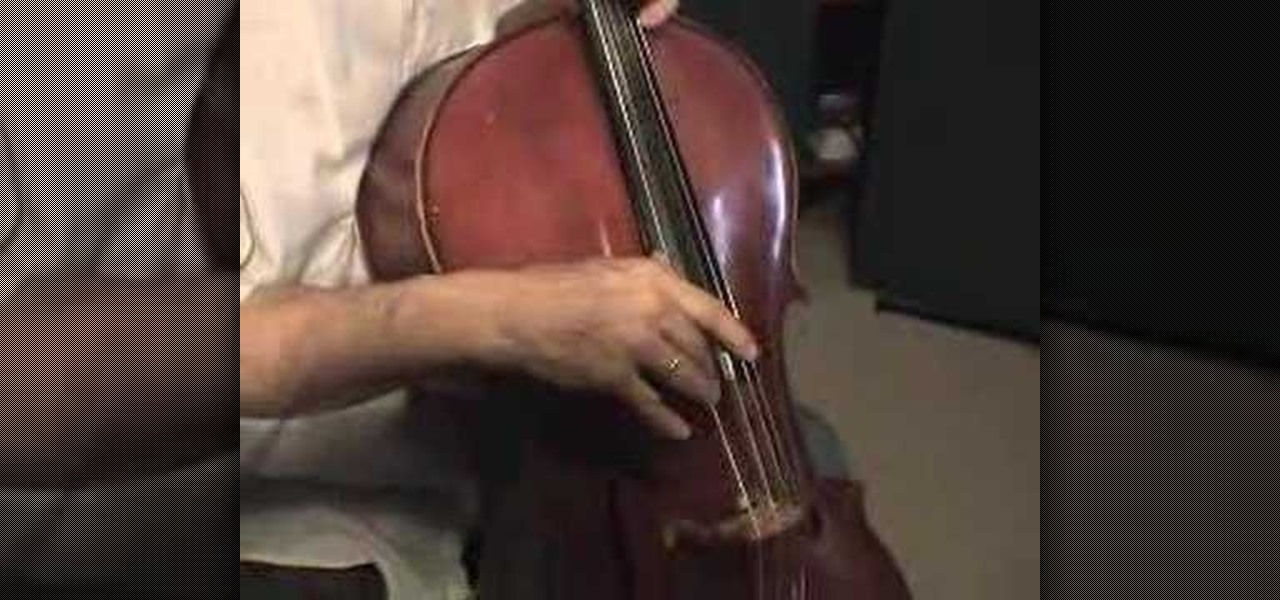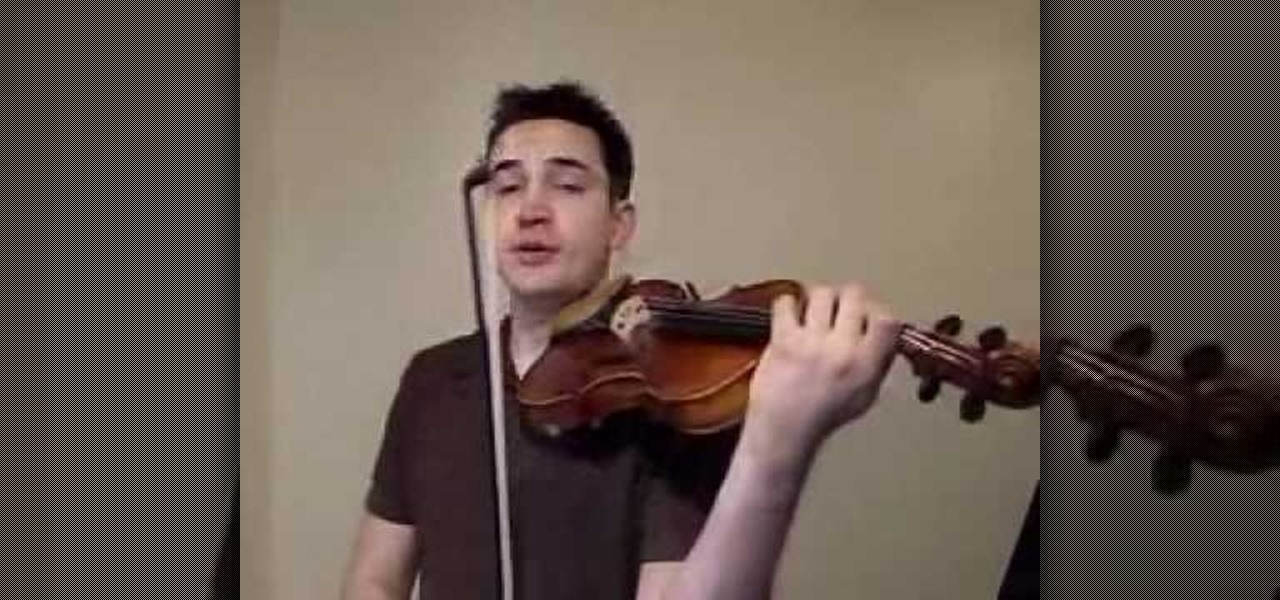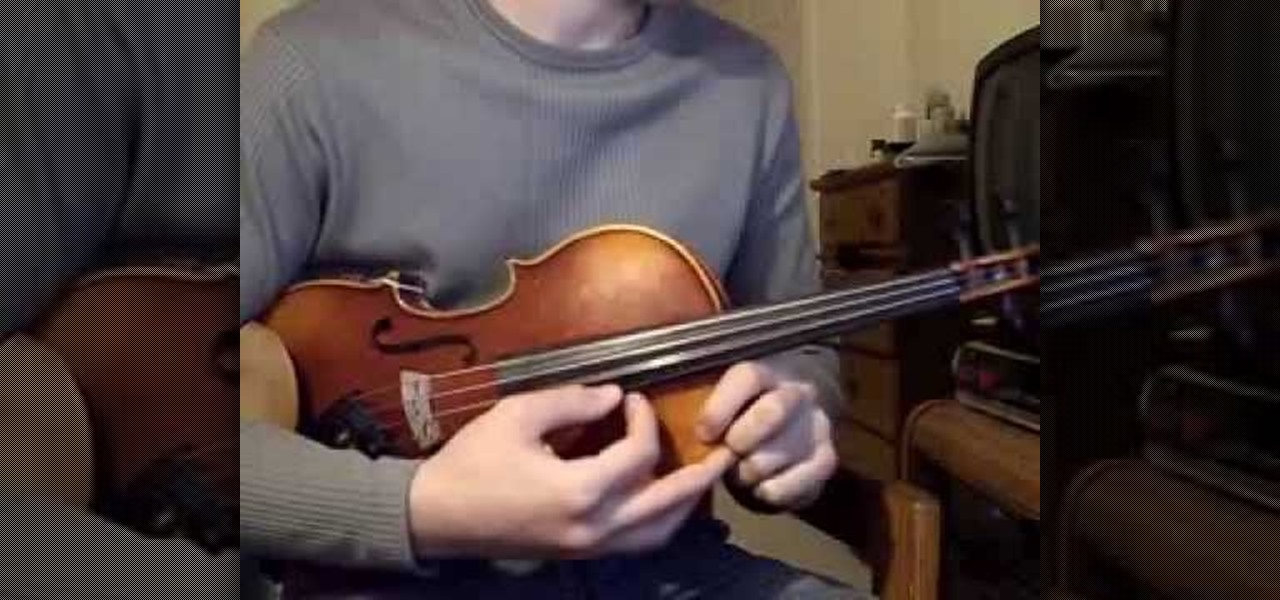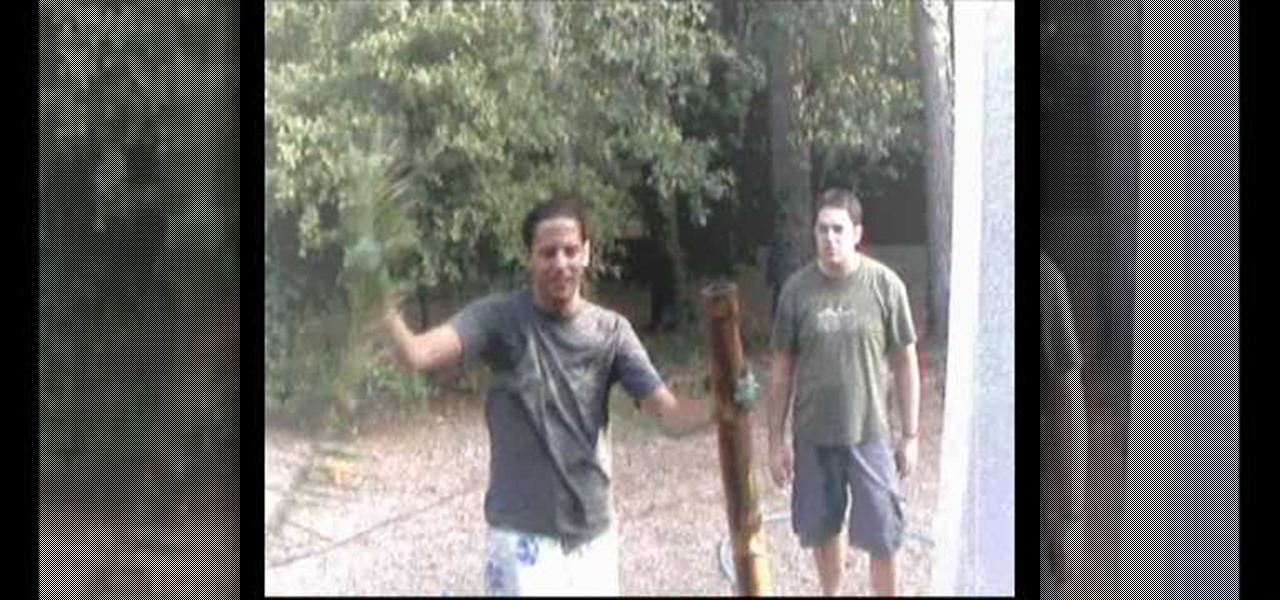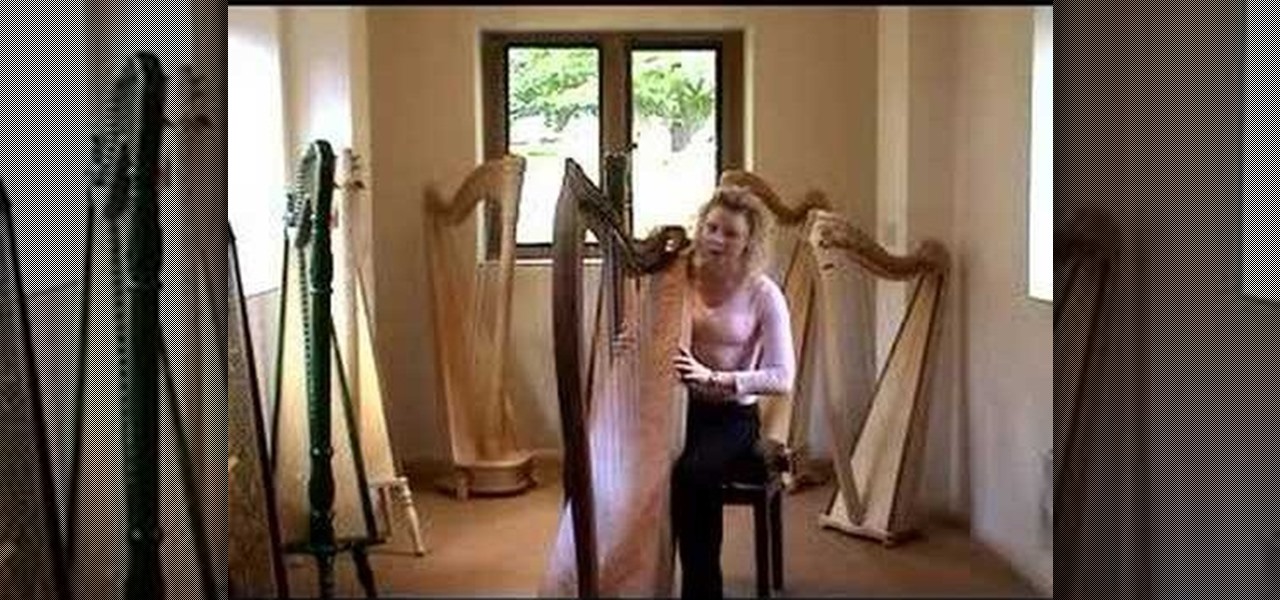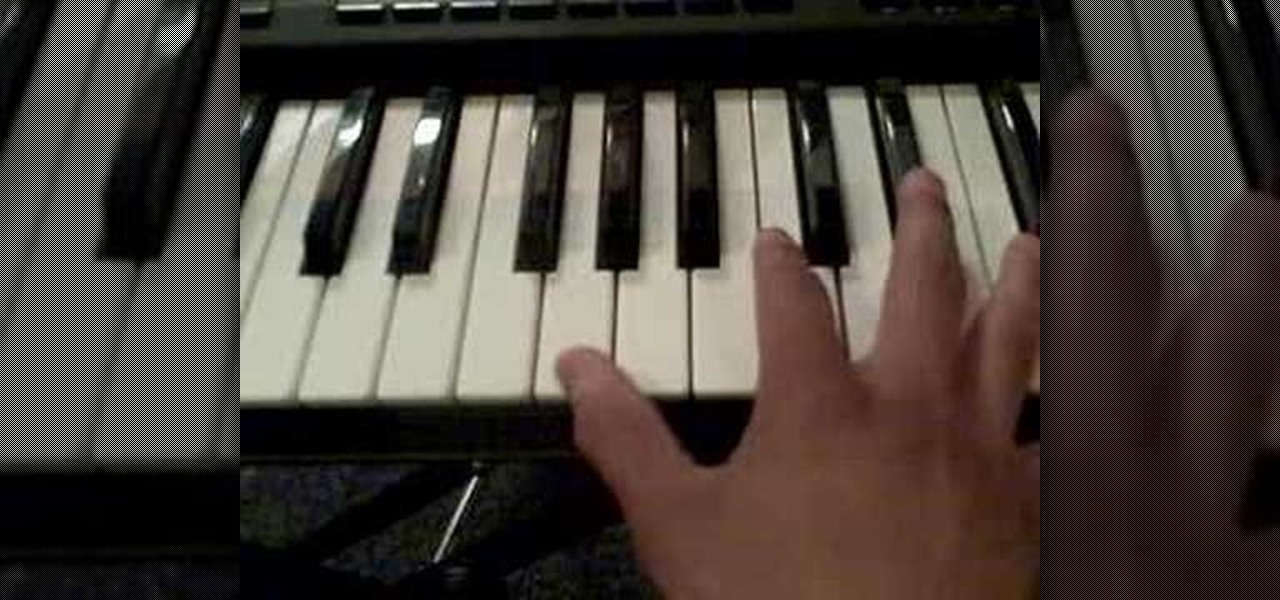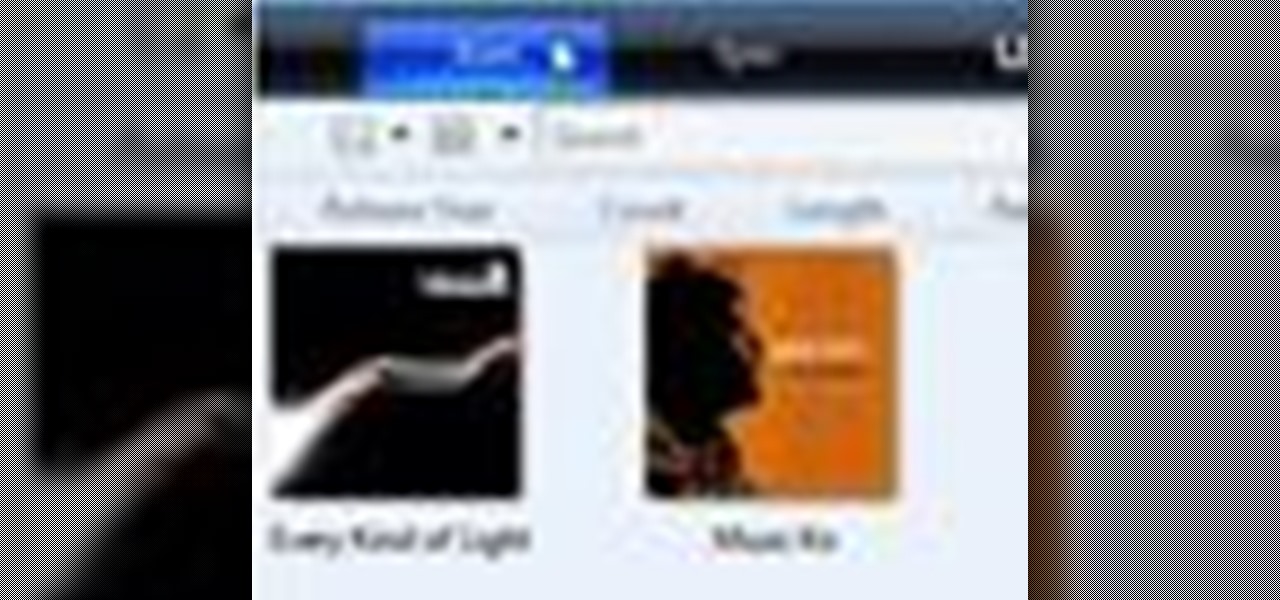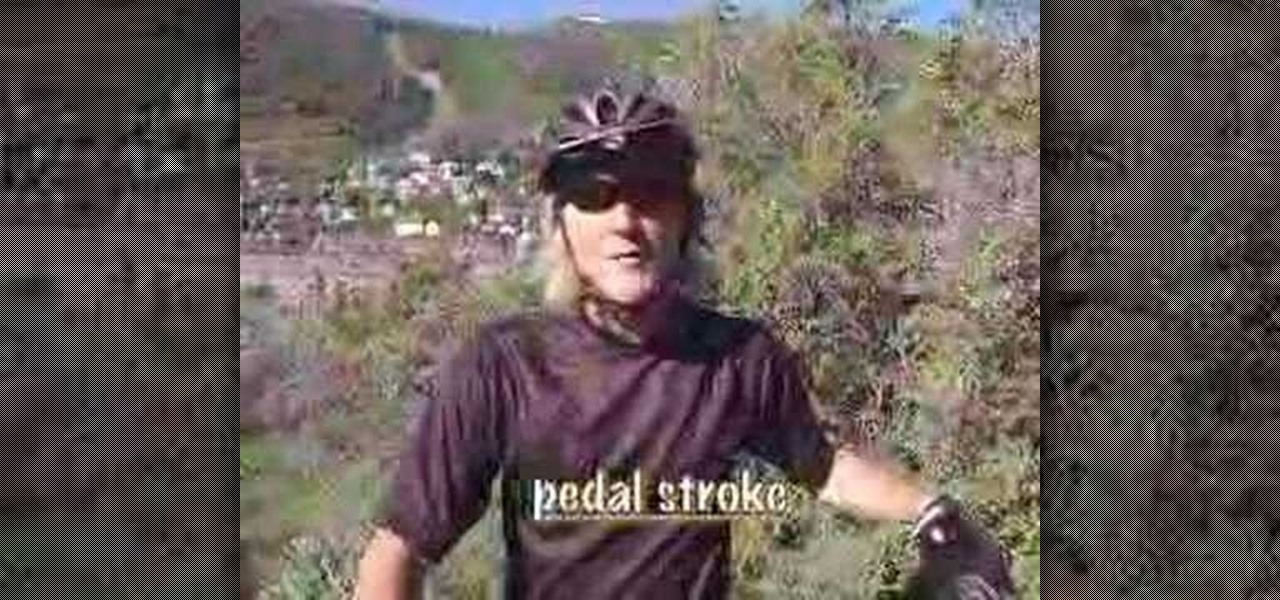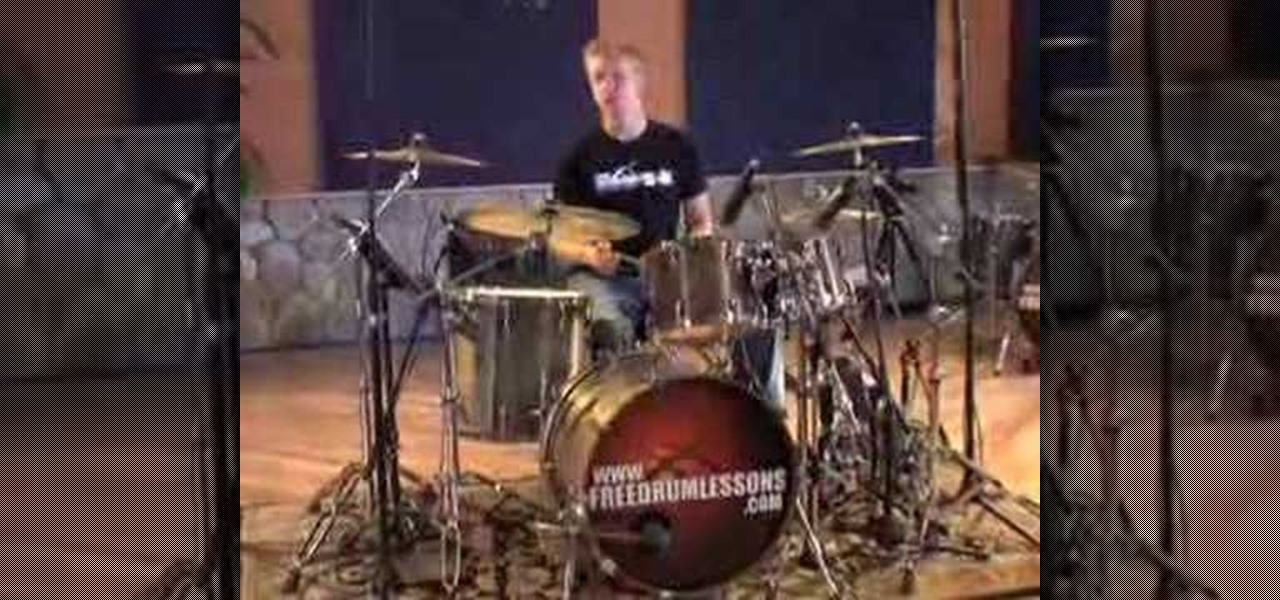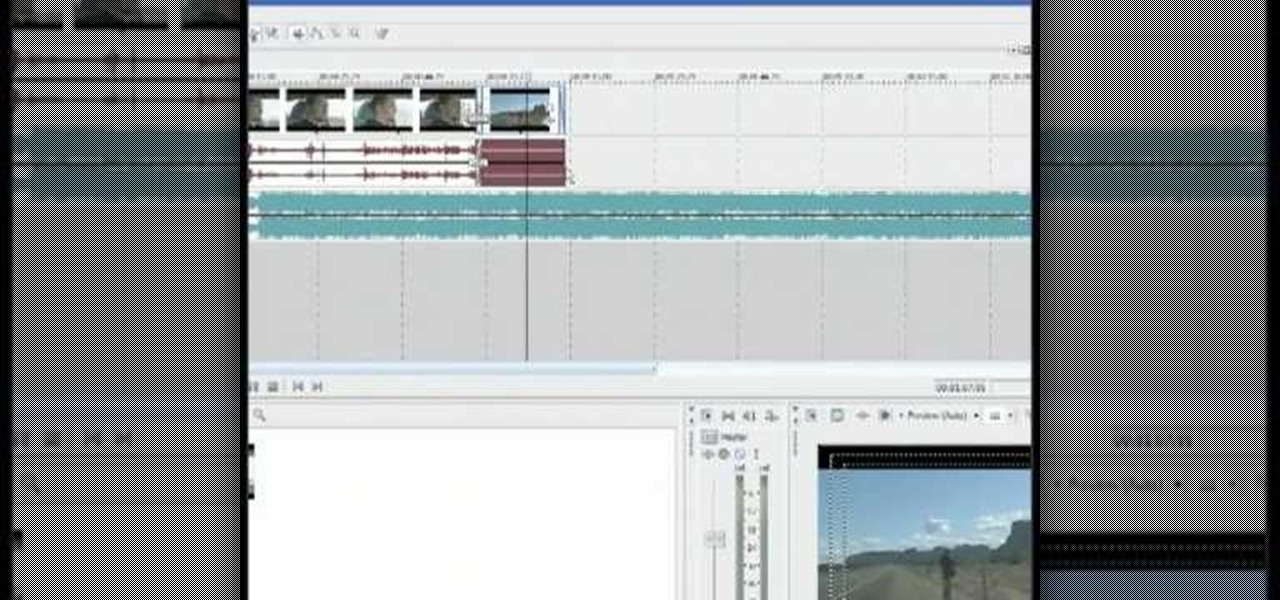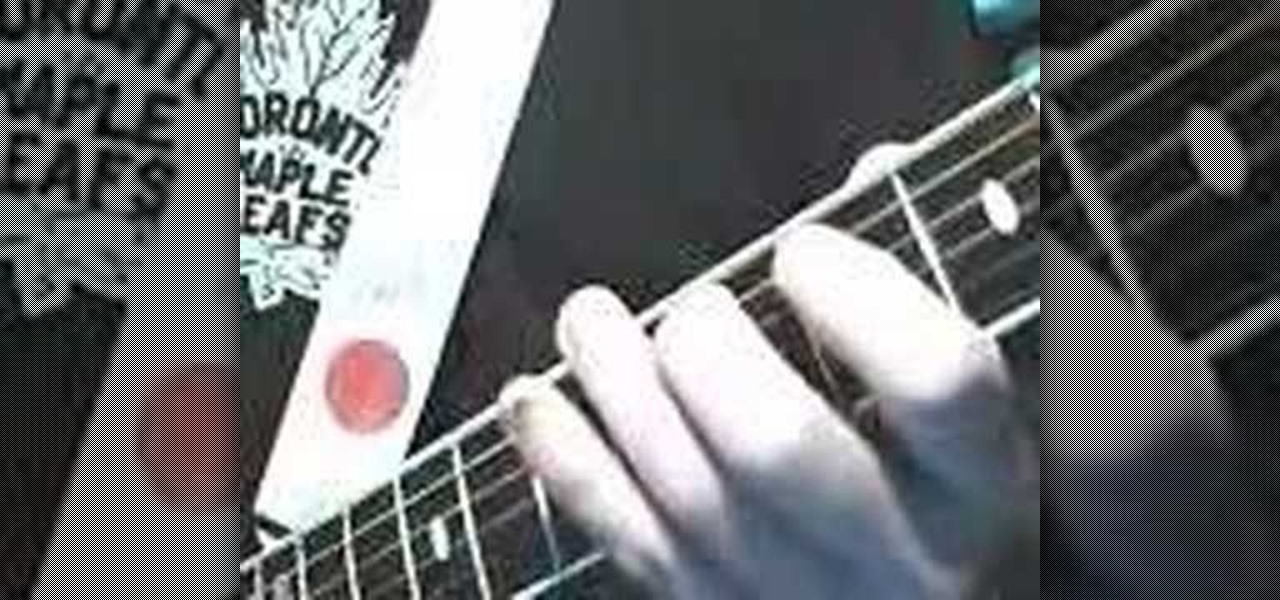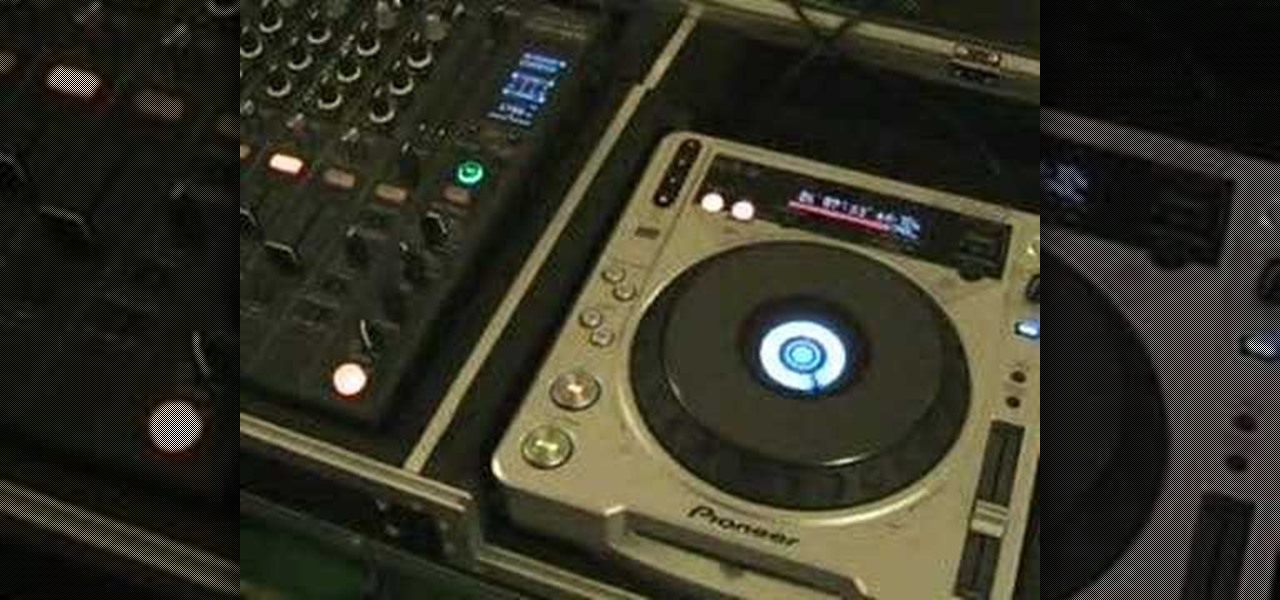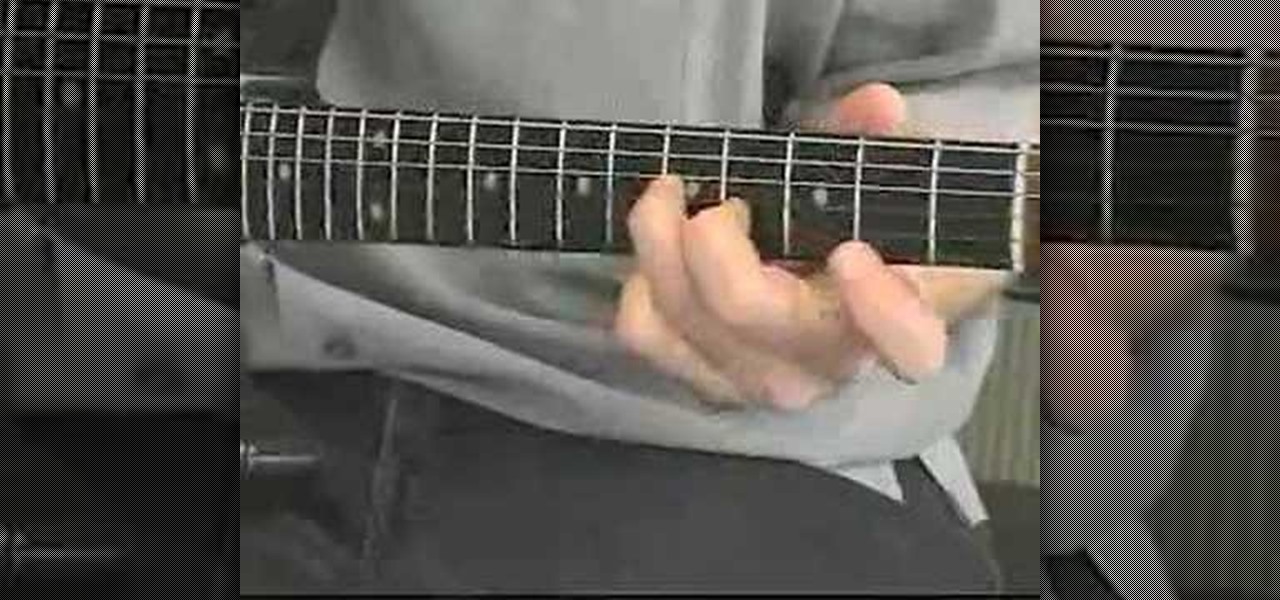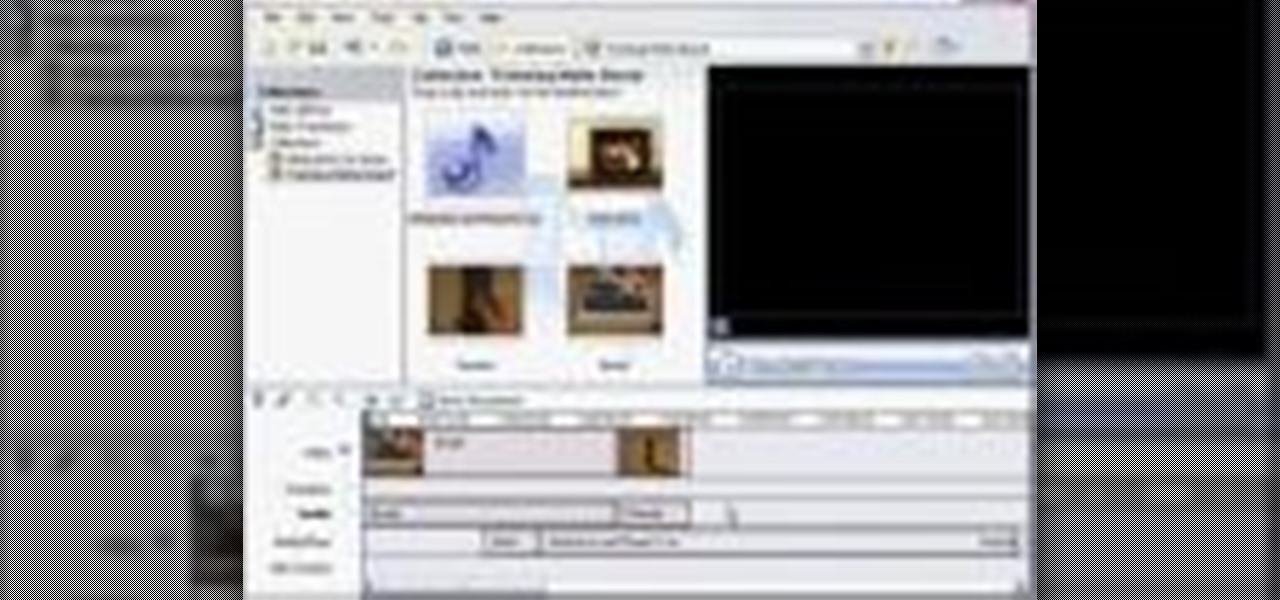
Aerobics are targeted by total physical fitness: strength, flexibility and cardiovascular fitness. Aerobics can be taken in classes and are usually done with music. To practice aerobics you should follow an instructor, stay in motion, use arms to lower or raise intensity, and strengthen heart rate. With this how to video soon you will be able to practice aerobics.
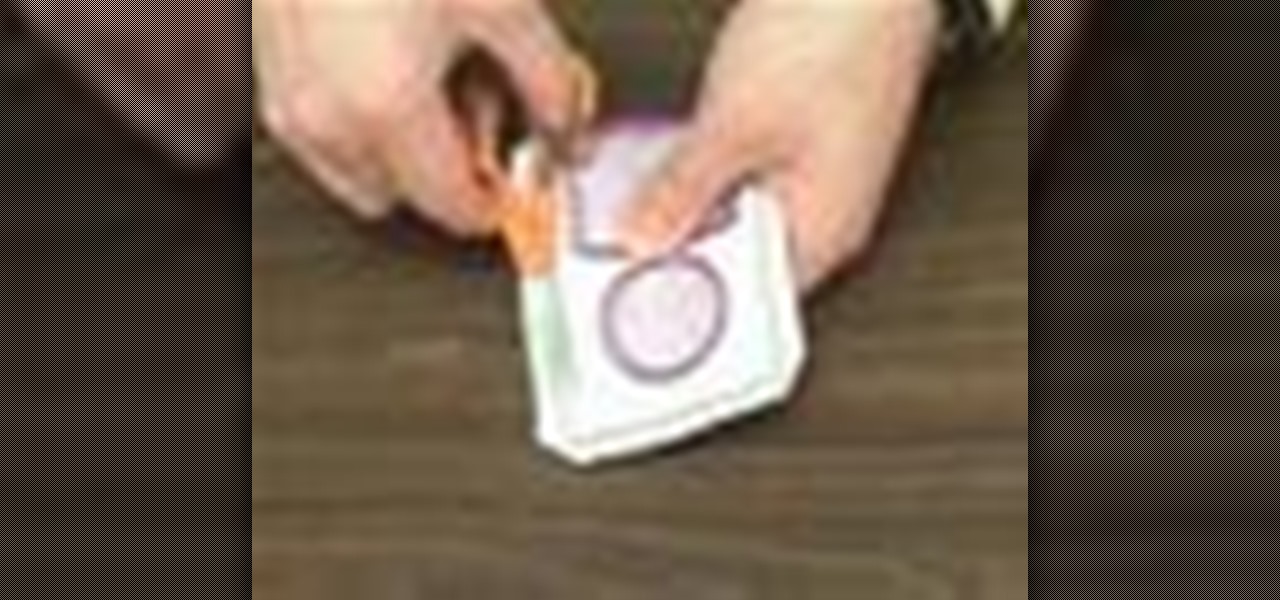
Watch this embroidery instructional video. It's like music to your ears! Embroidered iPod cases are fun to create and make fabulous gifts for friends and family. With so many unique iPod designs to choose from and so many fabric choices the possibilities are endless. And the best part? These custom embroidered cases are made right in the embroidery hoop!
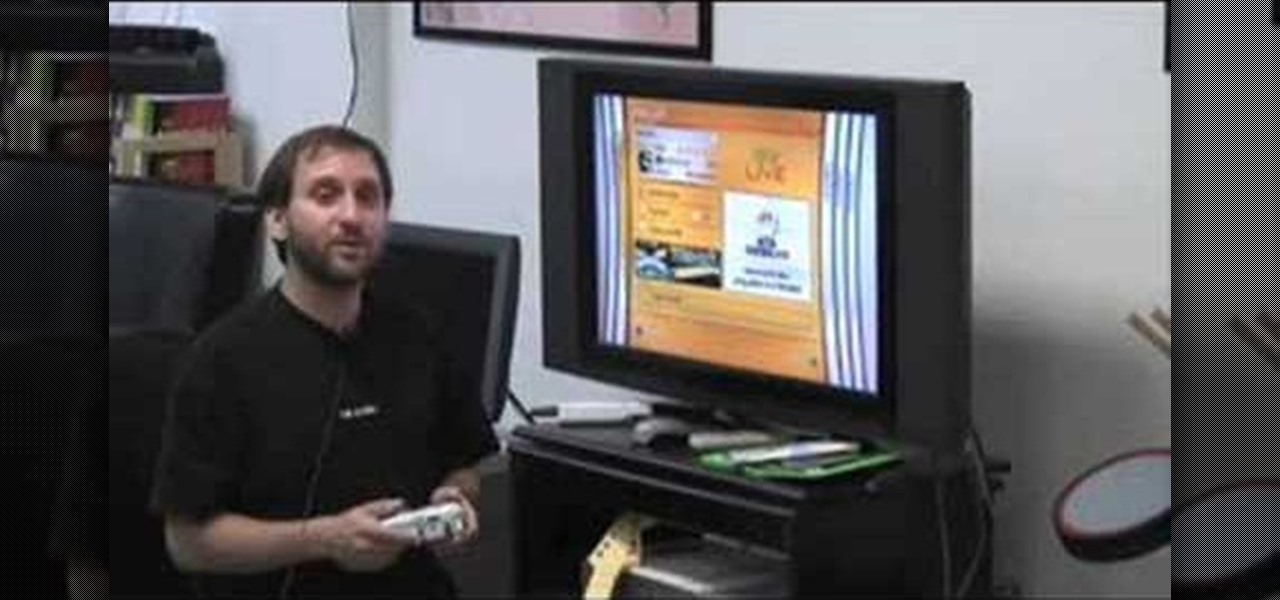
Interested in connecting your Apple computer to your XBox 360 game console? In this how-to, Gary Rosenzweig looks at how you can use your XBox 360 to view video and listen to music that is stored on your Mac using Connect360.
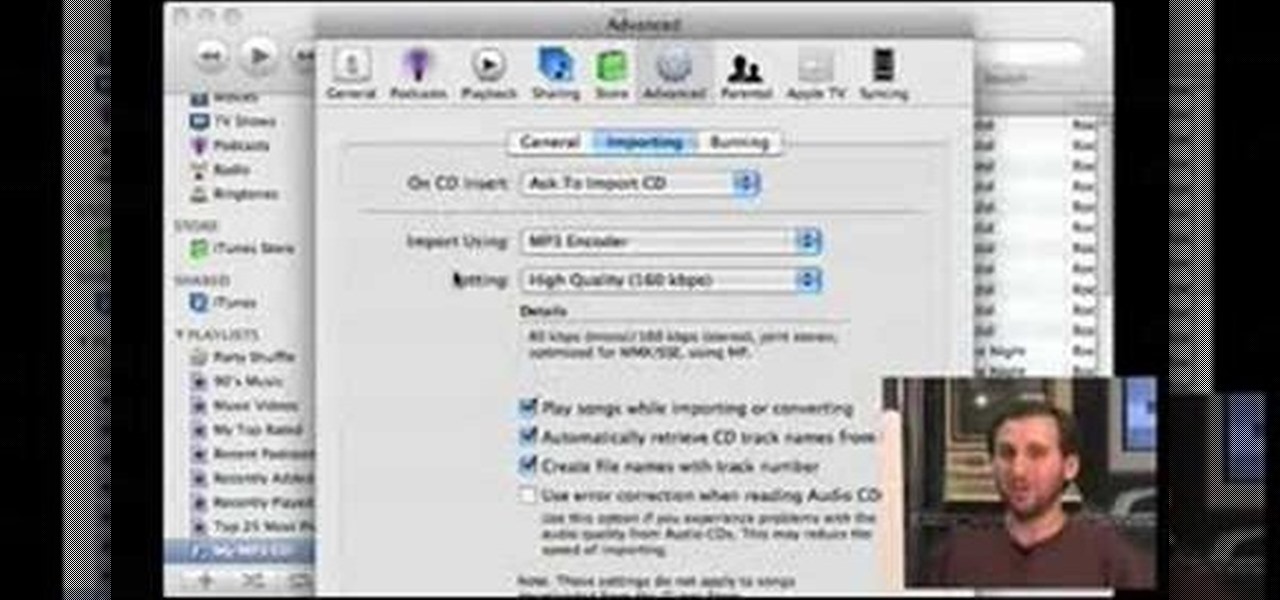
MP3 CDs are a convenient, economical way of taking a substantial part of your music library with you on the road. In this tutorial, Gary Rosenzweig from MacMost.com looks at how to use iTunes to make an MP3 CD that will fit hundreds of songs on to a single CD and play back in most modern CD players.

Whether you're a first day beginner or have been playing the drums for several years, learning the fundamentals of technique, rudiments and music reading is very important. In this installment from his video tutorial series on the fundamentals of snare drumming, Mark Wessels demonstrates how to properly grip a drumstick.

To play music, your hands should be able to do anything your mind asks of them – and rudimental technique is one great way of making sure that can happen. In this installment from his video tutorial series dedicated to rudimental techniques, Mark Wessels demonstrates the rebound stroke style and gives tips for working on using your fingers to increase your speed.

To play music, your hands should be able to do anything your mind asks of them – and rudimental technique is one great way of making sure that can happen. In this installment from his video tutorial series dedicated to rudimental techniques, Mark Wessels discusses the fundamentals of achieving a consistent sound from hand to hand.

Learn how to adjust your harmonica to be able to play On The Road Again by Canned Heat with this music tutorial. This harmonica is in the key of A. You can tune your harmonica to any song with the tips from this how to video.

Give your bow hand a workout! In this tutorial video, Erik Friedlander demonstrates the "spider," a simple right-hand coordination exercise popular in music schools. Watch this how-to and get a-crawling!

This how-to video is a brief guide to setting up a new violin. This includes violin bridge set up as well. This music tutorial is perfect for beginning students learning the violin.

Learn how to play pizzicato on the cello with this tutorial. This lesson teaches you music theory basics. Watch this how to video and you will be able play pizzicato notes on your cello.

Learn how to play a blues based intro to 11th position on harmonica with this tutorial. Pick up your C harmonica and play along in a minor cross harp position (2nd). We're playing in Gm but the music will switch to Bbmaj7. Watch this how to video and you will be able to play a blues based intro to 11th position on harmonica.

In this music tutorial you will learn an alternating fingers exercise on the violin. This tutorial is designed for beginning violin students. With the techniques in this how to video you will learn how to start playing the violin.

This music lesson goes over how to find the proper placement for your fourth finger. This video also covers bowing techniques and how to play "Ode to Joy" on the violin. This tutorial is designed for beginner violin students. With the techniques in this how to video you will learn how to start playing the violin.

Learn how you can play and count eighth notes on the violin with this tutorial. This lesson covers music theory and violin techniques. You will be able to learn rhythms and how to play them on the violin with this how to video.

This how to video is an introduction to using the bow on the violin. Bowing techniques are a very important to mastering the violin. Learn how to hold the bow and up and down strokes. With the techniques from this music tutorial you can learn how to play the violin.

This how to video covers some beginner theory and then moves on to introduce the open strings. we will covering some basic theory and then moving on to actually playing our instrument. You will learn how to play open strings and pizzicato notes. With the tips from this music lesson you can learn to play the violin.

Watch this music tutorial video to learn about the components of an analog synthesizer and now to build a simple patch. This helpful how-to video on building a simple patch and playing an analog synthesizer is not for beginners.

Watch this music how-to video to learn how to make your own didgeridoo out of agave using the fire drilling method. This tutorial video on how to make a didgeridoo is not for beginners, as it involves chopping down the agave tree yourself and does not provide spoken instructions.

This video will teach you the proper manner in which to sit so that you can play the Lever harp. The Lever harp is a traditional folk harp, and is often used in Irish music. Watch this video, and you'll soon be on your way to being a harp prodigy.

Learn how to play the solo from "More than a Feeling" by Boston on electric guitar with this music tutorial. This step by step guitar lesson is designed for the intermediate guitarist.

In this how to video, learn how you can play bass guitar tapping techniques. This music tutorial is for intermediate to advanced bass guitar players.

This video tutorial will show you how you can apply an Arab music inspired makeup look. Products on Eyes

In this how to video, learn to play a Latin montuno on the piano or keyboard. A montuno it refers to the repeated part of the song, like a chorus/refrain in Salsa music. This salsa piano lesson is designed for the beginning pianist.

Put your DJ skills to the test by burning your own CD or mix in Windows Media Player. Burned music CDs make an inexpensive but thoughtful gift, and they're really simple to copy.

Transform piles of pictures into entertaining slideshows with custom music and comments using Apple iDVD.

Cannondale's Doug Dalton offers up a quick tip to help make your mountain bike ride safer and easier.

Soaking thread in salt and water will allow a flame to rise up it without burning through it, allowing a pin to hang at the end without falling. Nice calm music as well.

DO a butt twist with tips from this video. Watch and then try to follow along with music. (Make sure you have a partner!)

This free drum lesson features broken sixteenth note fills that work well within rock music. They are perfect for intermediate drummers that are looking for patterns that are a little more challenging than the standard sixteenth note fills.

This is how to use Sony Vegas to create the look that a lot of music videos use where it appears that there are multiple screens or a grid is placed over it.

In this episode I show you a few of the innumerable uses of Quicksilver. Quicksilver is an unified, extensible interface for working with applications, contacts, music, and other data. The possibilities are endless. These are just a few of the ways that I use Quicksilver on a daily basis.

Check out this makeup tutorial for an aqua and dark blue-green eye look. Enjoy the music too.

This tutorial shows you how to add an additional track for background music, voice over or any other audio assets when you already have existing audio in Sony Vegas 7.

Mainly for beginners, this guitar lesson is an introduction to ear training, and some guidelines to help develop both your guitar playing as well as your musical ear.

In this video we look at what trance is all about. I give you a demonstration on how to mix it and what to look for in constructing the perfect set.

Check out this video from Berkleemusic.com and watch as Assistant Chair of the Berklee College of Music Guitar Department, Rick Peckham explains augmented and diminished triads.

Learn how to count the beats in drum and bass music so that you can mix it properly.

Learn to read and play drum music written in the 3/4 time signature. In order to do this drum lesson, you already need to have an understanding of quarter notes, 8th notes, 16ths notes and their corresponding rests. You will also need the Beat Sheet for this lesson.

See how to add sound effects and music to your Windows Movie Maker movie.









